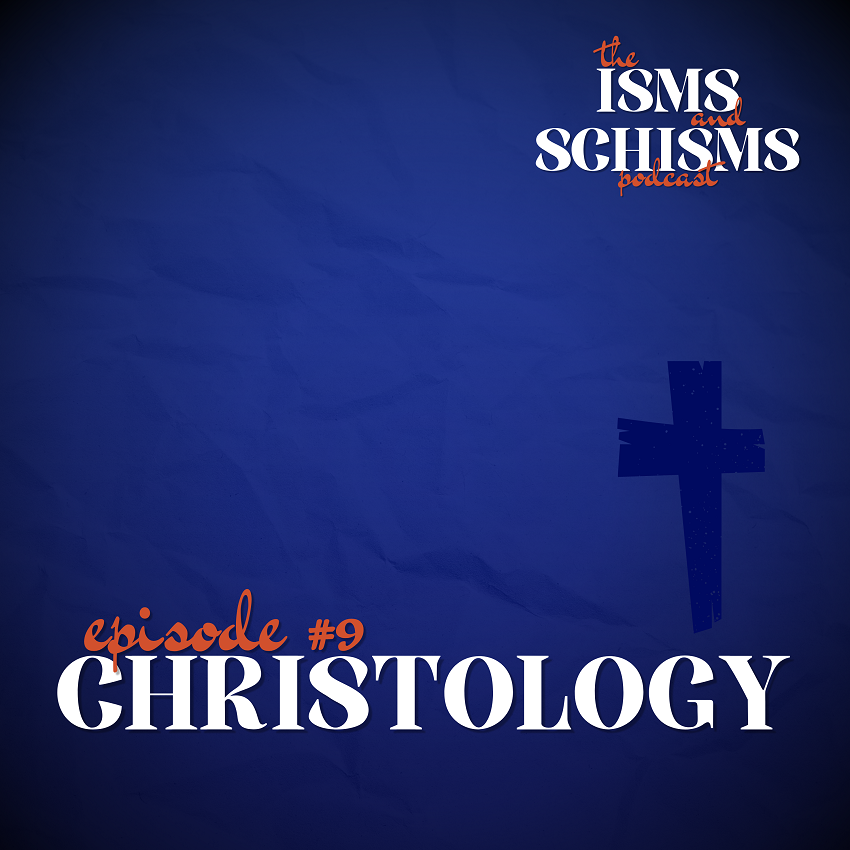
Usually, Christology is broken up into two key components: who Jesus was, and what Jesus did. And then both of those have several sub-components. Let’s begin with who Jesus was.
Occasionally, you might hear someone say that Jesus never existed. That the Jesus Christ portrayed today by the church reflects more of a King Arthur legend. In general that statement has no historical or logical ground to it. As far as evidence goes, the existence of Jesus is as good, if not better, as any other person we know of in the ancient world. Things do get a little bit tricky when we consider all the theological aspects of this Jesus which brings in a whole lot of other historical and philosophical issues, but what we know for certain is that he was a human being.
it’s absolutely essential to recognize that Jesus Christ was a human being, who lived and breathed, had a family, had a life, he was fully human. He experienced precisely what it meant to be a human. He got hungry, he got tired, he learnt things, he grew, he got scared, he got sad. The author of the epistle to the Hebrews stated, “He had to become like his brothers and sisters in every respect, so that he might become a merciful and faithful high priest in the service of God.” He had to become human in every respect.
When we consider the fact that according to the Bible and two thousand years of theological tradition, Jesus was also God.
John – “In the beginning was the Word, and the Word was with God, and the Word was God.”
Colossians – “For in him the whole fullness of deity dwells bodily.”
That he was God and became human, this is what is called the incarnation, which the great author C.S. Lewis calls the greatest miracle of all, that God took on human flesh.
But another thing to consider here is that some of the biblical passages that we’ve already discussed suggest that Jesus existed before he was human. This pre-existence makes sense if he is God, but it’s nevertheless a weird concept to try to wrap our heads around, and there are many complicated philosophical, metaphysical implications to this claim that theologians have debated for a long, long time. And much of this has to do with what he was able to do and how much he knew.
He was given a bunch of titles.
Christ/Messiah – Anointed one. A king.
Lord – The translation of YHWH.
Word – Connected to creation and wisdom.
Son of God – A royal representative.
Son of Man – Connected to eschatological judgment.
Son of David – Connected to the Davidic covenant.
Lamb of God, light of the world, a new Adam, King of the Jews, King of Kings, Lord of Lords, Rabbi, master, Emmanuel…
He did a lot and a lot was done to him. But during his ministry, which began when he was about 30 years old, he basically was a teacher. Jesus developed a following and was also called Rabbi or Rabbouni which meant teacher in Aramaic. But a Rabbi was much more than that in Jewish tradition. Disciples would live, breath, and eat with their Rabbi, until they could become a teacher of Jewish law themselves.
As he was going around he performed miracles. The Bible uses these miracles to point to Jesus’ authority. The Gospels recount these miracles with very particular purposes, to tell us something specific about who Jesus was.
We might also talk about Jesus’ threefold office, that he was prophet, so he was the voice of God, priest, in that he intercedes between God and humanity, and king, that he is the rightful ruler of all creation. But of course what he is probably most know for, is his crucifixion. After his death he was buried, and then three days later – or on the third day, the texts differ on this timeline – he rose from the dead.
In his death and resurrection, Jesus bridged the gap between God and humanity, making relationship with God possible, and doing away with the problem of sin.


Leave a comment